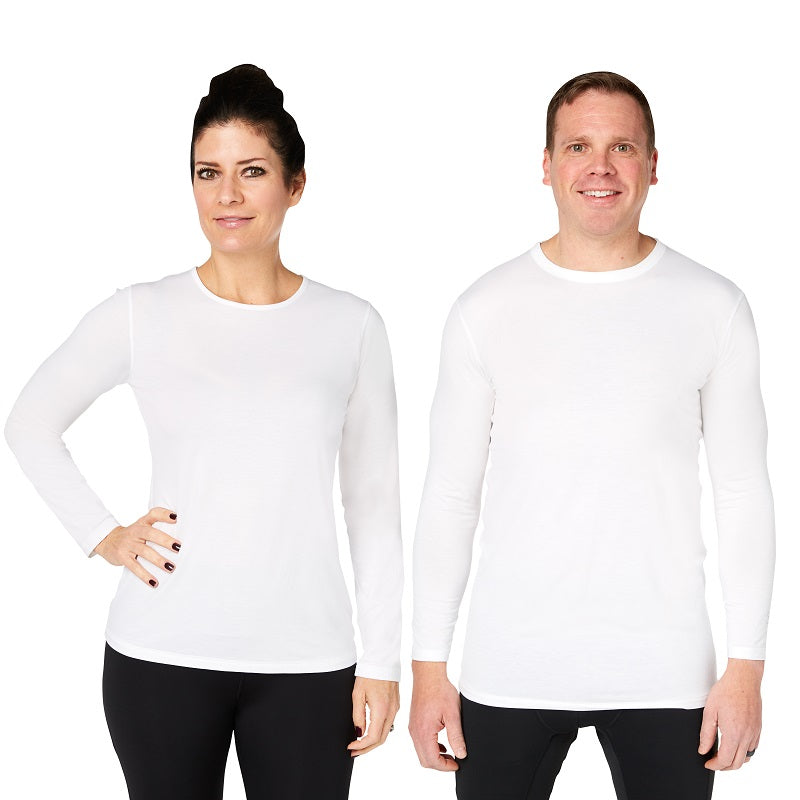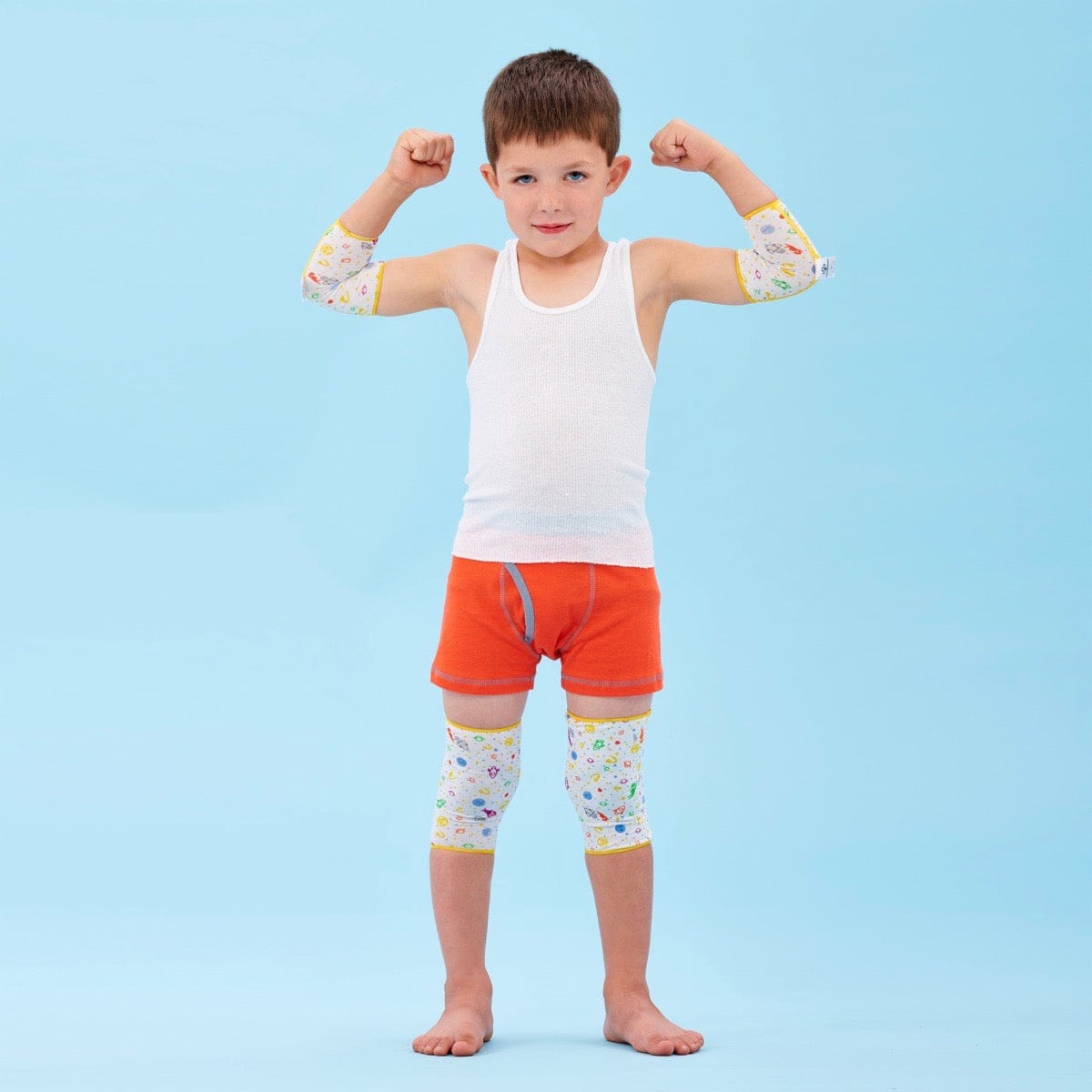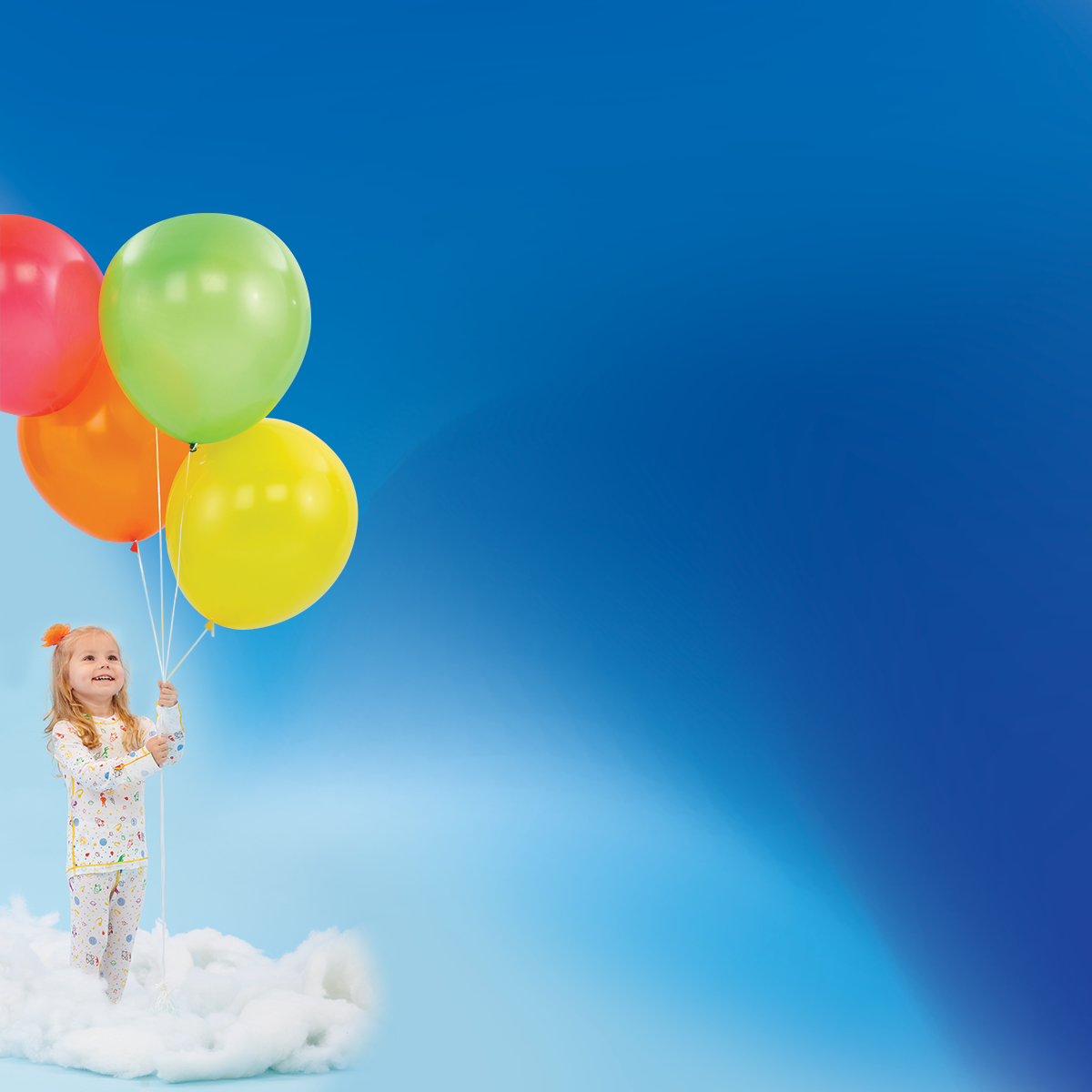What is Seborrheic Dermatitis?
Seborrheic Dermatitis (or SD) is also called cradle cap or dandruff and is a common skin disease that typically appears as a red rash mixed with a greasy yellow appearance covered in thin white scales or flakes and can be itchy. Unfortunately, it affects the scalp’s of people of all ages but can also affect other body parts including around the eyebrows, ears and near the genitals. It is not uncommon for SD to be misdiagnosed with other medical conditions such as diaper rash when around the infant’s genitals.
What Does Seborrheic Dermatitis look like?

- Seborrheic Dermatitis: A greasy, yellowish crusty scales on the surface of the skin behind the ear
What Causes Seborrheic Dermatitis or Cradle Cap in Babies?
The exact cause of seborrheic dermatitis is not known but there are complex theories around genetics, a yeast that lives on the skin and that stress is a trigger. What is known is that seborrheic dermatitis is not contagious, it is not an allergic reaction or a bacterial infection and is not caused by poor hygiene but is related to deficiencies with the immune system.
Seborrheic dermatitis is sometimes confused with scalp psoriasis. Psoriasis on the scalp differs from SD with red patches covered with thick, silvery scales and is usually accompanied by irritated scaly patches on other areas of the body. A visit to a dermatologist will quickly reveal whether you have SD or scalp psoriasis or both.
Cradle Cap: Or Infants Scalp is a Type of Seborrheic Dermatitis like Atopic Dermatitis is a Type of Eczema

- Cradle Cap mostly affects infants-age 2 months - 1 year old
Babies can develop cradle cap (or crib cap) between the ages of 2 months to age 1 year old. Research has indicated that cradle cap affects approximately 10% of infants from birth to 1 month and rises to 70% by 3 months.
Some parents worry about the unsightly visual appearance of cradle cap and although rare some babies lose hair around patches of SD rashes. Cradle cap usually clears up on its own after a few months and hair growth will be normal without serious medical treatments.
How do You Treat Cradle Cap?
If you feel the need to treat cradle cap check with your dermatologist first but typically the following is recommended:
- Using a soft bristle brush (a toothbrush will work) or buy a special cradle cap brush to remove some of the flakes and promote overall scalp health. When brushing use long, gentle, continuous strokes, moving in one direction, to loosen and remove flakes from individual strands of hair. Do not pick or scrape the flakes.
- Using baby oil or a natural plant oil like coconut, olive or jojoba (proceed cautiously at first by testing to make sure the oil you choose does not have any side effects or further irritate your baby’s scalp) you can massage a small amount into the scalp for about 15 minutes.
Always consult with your dermatologist prior to using topical antifungals, products with selenium sulfide, salicylic acid and medicated shampoos on the affected area of the scalp and body or topical corticosteroids on children under the age of 10. Long term side effects can be harmful.
Shampoo your baby’s scalp once a day or every other day (shampooing too frequently can dry out natural oils on the scalp and make cradle cap worse) with a special baby medicated shampoos like CLn® Gentle Shampoo, Exederm® or MD Moms®. Rinse and dry the baby’s scalp with a soft towel.
Cover the scalp with a Soothems Baby Sleep Cap specially designed to treat cradle cap by soothing the irritated skin with its TEWLTect fabric made from natural, organic TENCEL fibers with the biopolymer Chitosan and calming anti-inflammatory zinc oxide.
- Cradle Cap therapy Sleep Cap for babies from Soothems
Adults & Seborrheic Dermatitis:
Seborrheic Dermatitis in adults will come and go for the rest of the person’s life. Seborrheic dermatitis in adults, like with infants is a reddish color with swelling and greasy yellow/white scales.

- Adult Seborrheic Dermatitis: greasy, yellow/white flakes and swollen red skin around the ears
This common skin condition’s physical appearance looks like eczema, psoriasis, with scaly patches of red irritated skin or an allergy but requires a different treatment from these skin diseases. You should consult your dermatologist.
Flareups are frequently triggered by cold, dry weather, or the nervous system as stress. The white scaly scalp plaques of adult seborrheic dermatitis are commonly called dandruff, but SD has also been known to cause scaling around the ears, eyebrows, and nose.
How to Treat Seborrheic Dermatitis in Adults:
A new OTC cleansing bar from Vanicream called the Z-Bar Medicated Cleansing Bar that works like a highly effective medicated dandruff shampoo contains 2% Pyrithione Zinc and is medicated to help control and reduce symptoms associated with seborrheic dermatitis and other skin conditions including common severe Dandruff, Psoriasis, and Eczema. The active ingredient Pyrithione Zinc will help relieve itching, irritation, redness, flaking and scaling. You can read more about the effects of a dandruff shampoo containing zinc pyrithione on the control of dandruff. This mild and gentle medicated cleansing bar is dye and fragrance-free and doesn't contain formaldehyde, lanolin or parabens and is non-comedogenic, soap-free and gluten-free. It's safe for use on your face, hands, body, and scalp.
After washing with the Z Bar and applying any topical medications recommended by your dermatologist cover your scalp with a Soothems Eczema – Psoriasis Dry Scalp Therapy Skull Cap will help treat the symptoms, reduce itching but also helps protect the natural oils and moisture levels of the scalp and will keep medications and SD flakes from getting all over bed linens.
- Soothems Eczema – Psoriasis Dry Scalp Therapy Skull Cap
About Z Bar Medicated Cleansing Bar
ACTIVE INGREDIENTS: Pyrithione Zinc 2%
INACTIVE INGREDIENTS: Sodium cocoyl isethionate, stearic acid, sodium stearate, water, sodium lauroyl sarcosinate, paraffin, petrolatum, sorbitol, Cetearyl alcohol, propanediol, ceteareth-20, simethicone, glyceryl stearate, PEG-30 stearate, sorbic acid








Leave a comment
All comments are moderated before being published.
This site is protected by hCaptcha and the hCaptcha Privacy Policy and Terms of Service apply.